Dinner

Chicken Pillows with Parmesan Cream Tasty and Simple
Do you want a delicious meal that’s easy to make? Chicken Pillows with Parmesan Cream are the answer! You’ll love how simple it is to
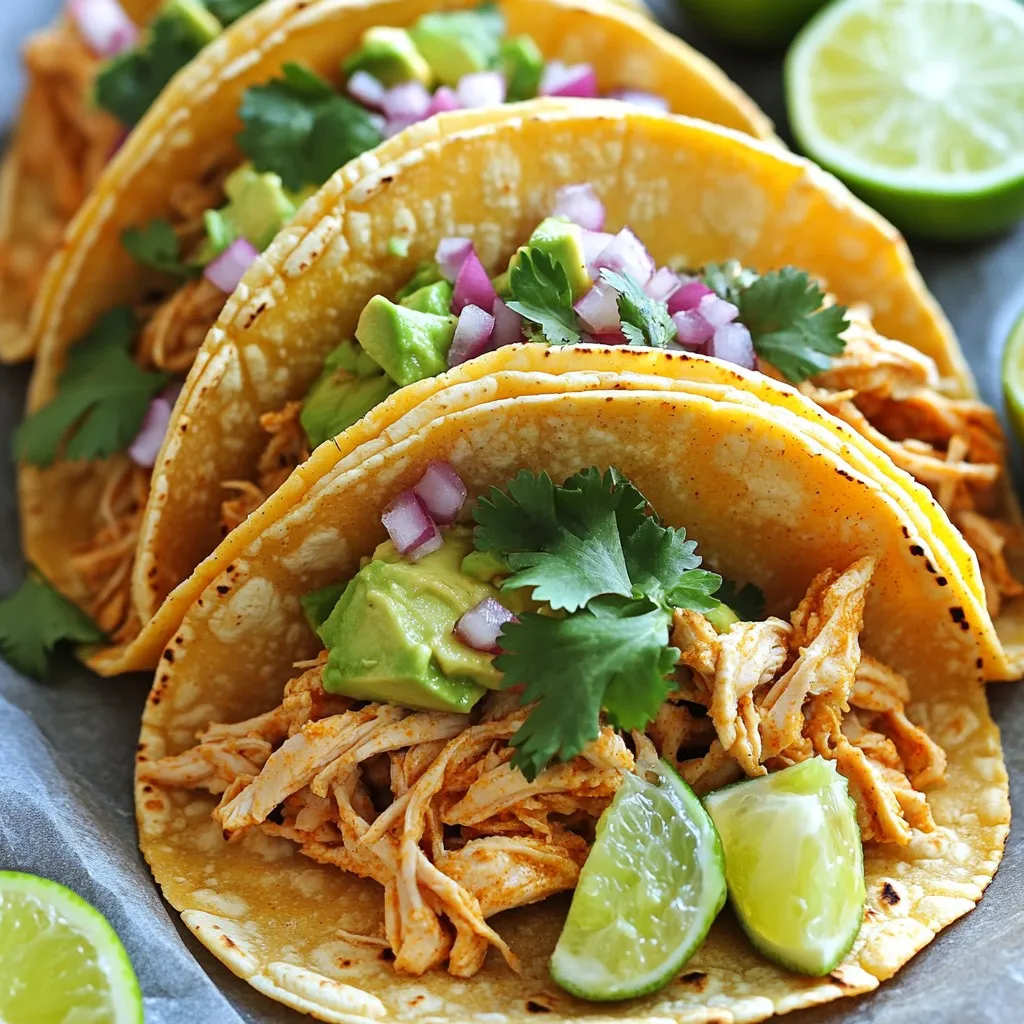
Chicken Street Tacos Flavorful and Easy Recipe
Get ready to dive into the tasty world of Chicken Street Tacos! This easy recipe will guide you step-by-step, making it perfect for busy weeknights
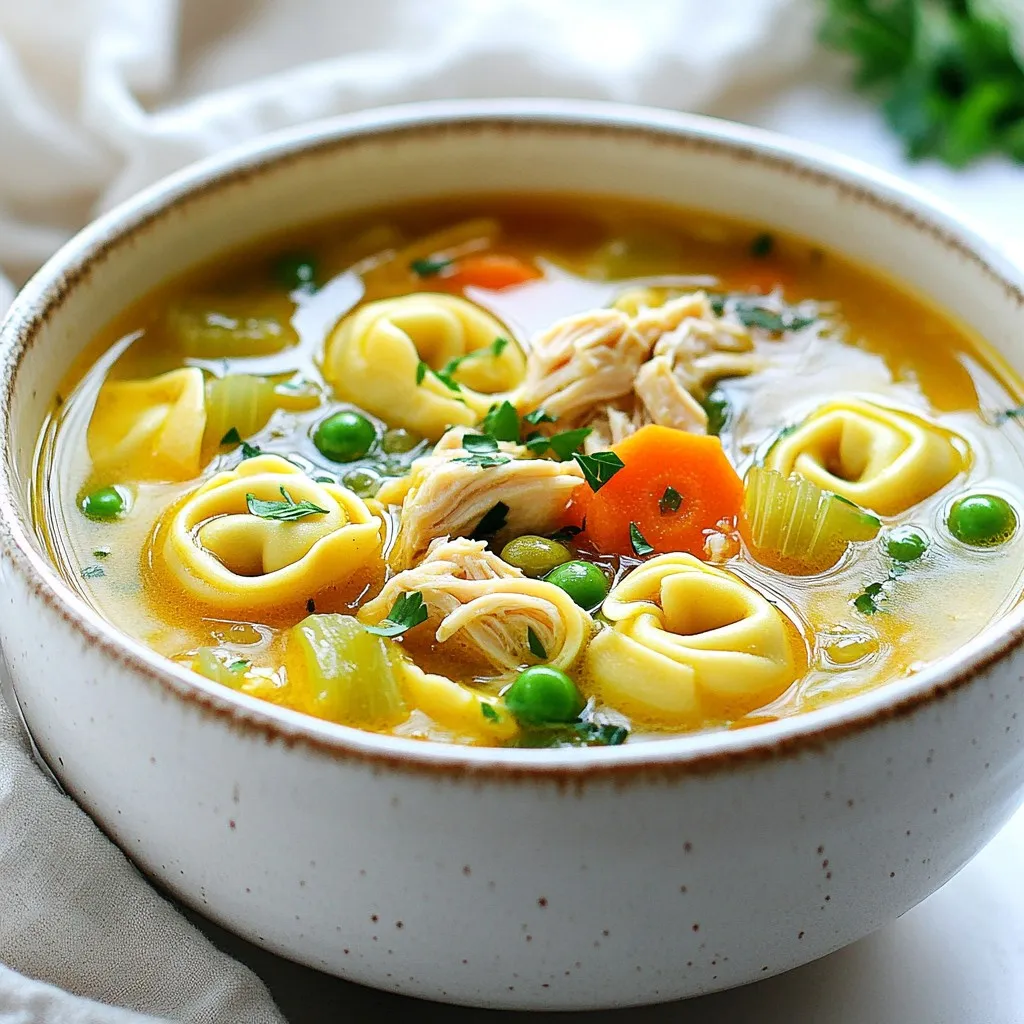
Chicken Tortellini Soup Savory Comfort Dish
If you’re searching for a warm, cozy meal to brighten your day, look no further than Chicken Tortellini Soup. This dish blends juicy chicken, tender
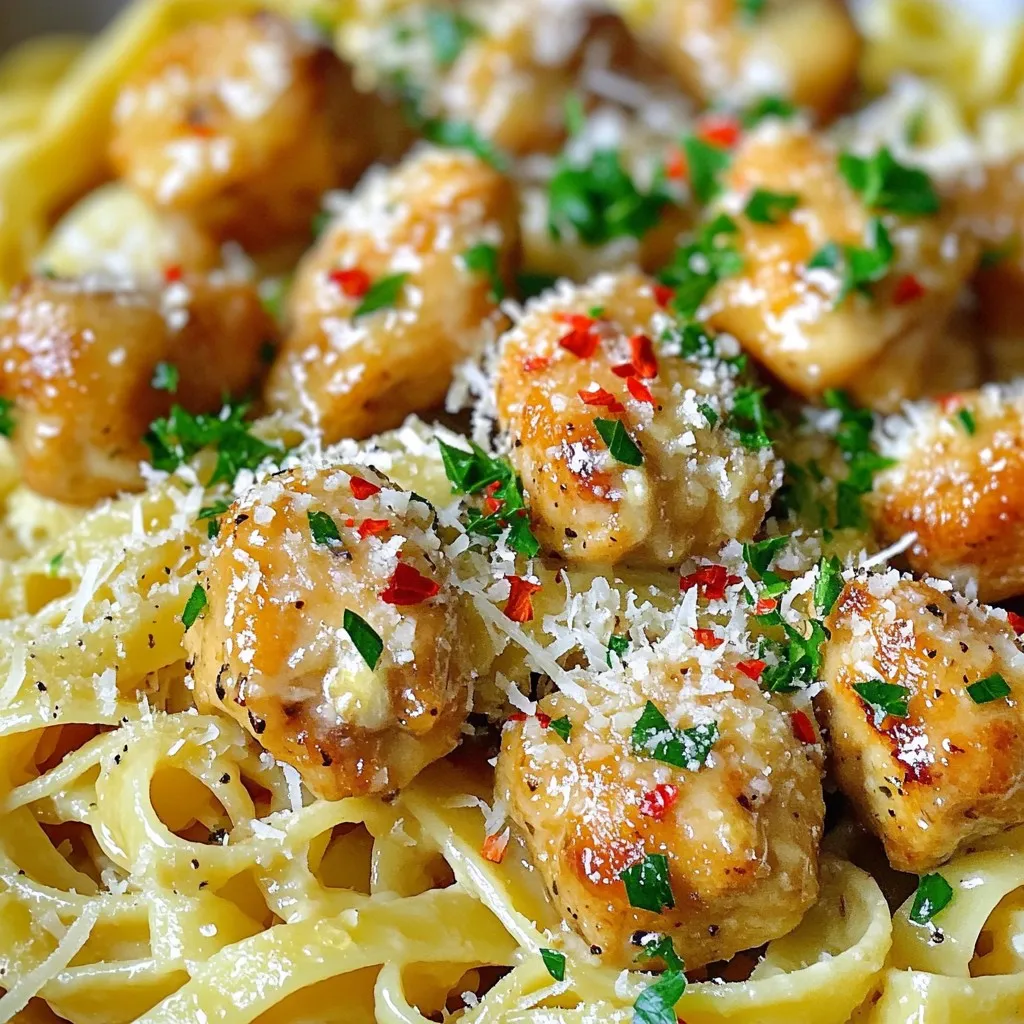
Garlic Butter Chicken Bites with Pasta Delight
If you’re craving a dish that’s both easy to make and delicious, look no further! My Garlic Butter Chicken Bites with Pasta is packed with
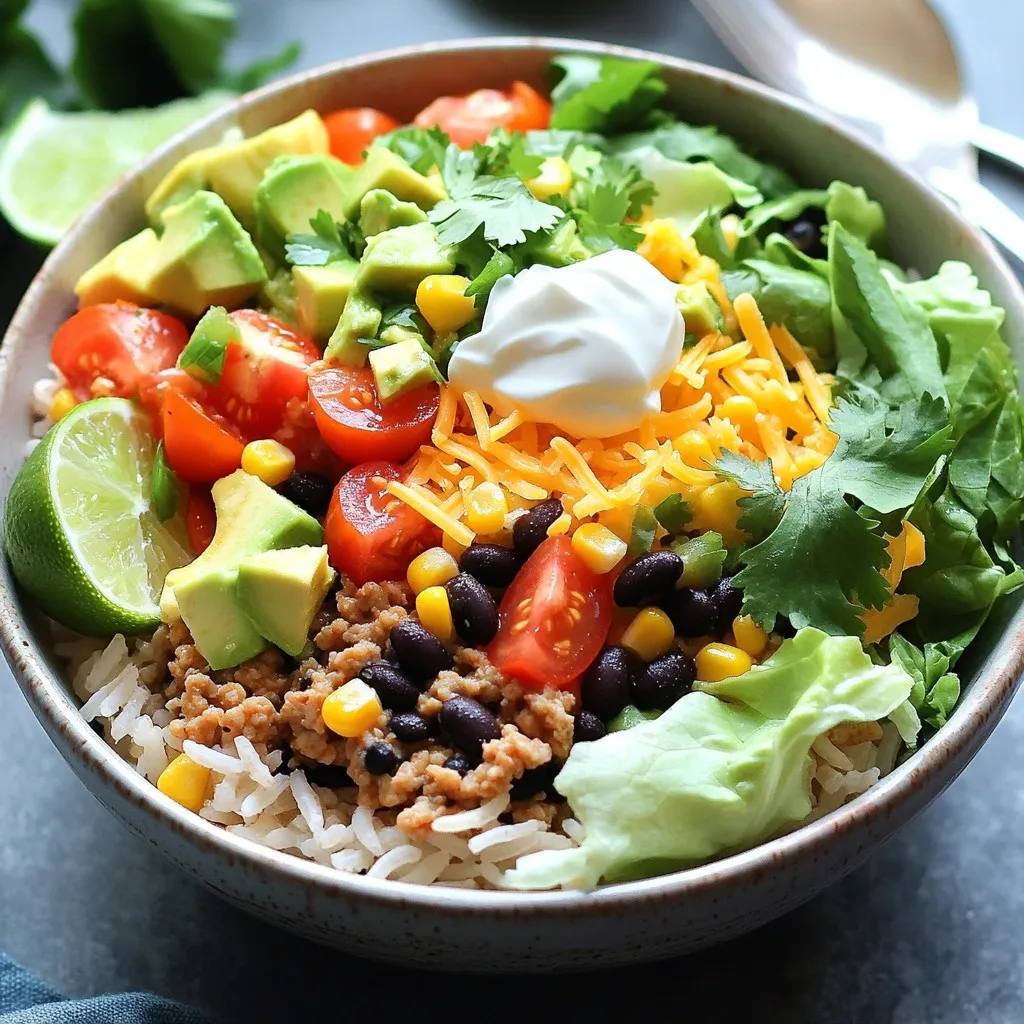
Taco Rice Bowl Flavorful and Easy to Make Meal
Craving a fun and easy meal? Dive into the world of Taco Rice Bowls! This dish combines rich flavors and fresh ingredients, making it a
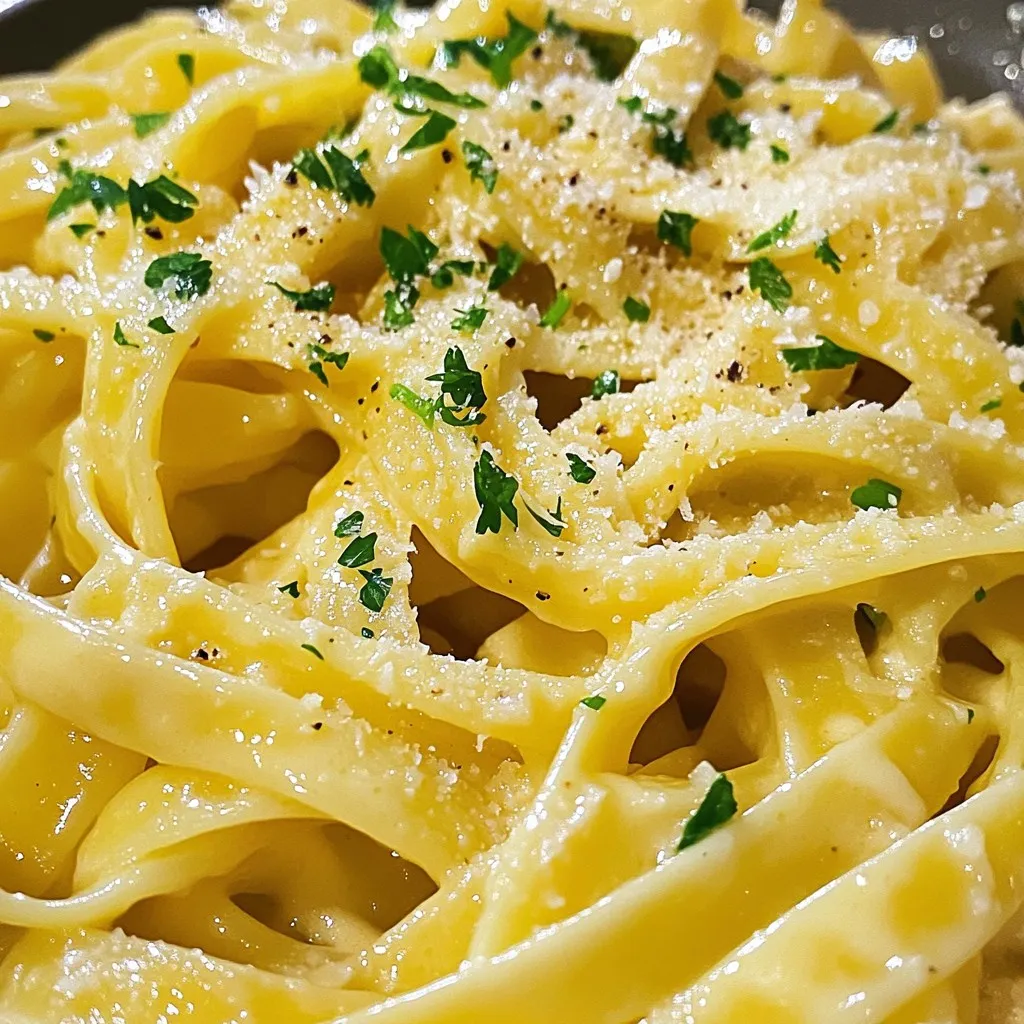
Garlic Parmesan Pasta Deliciously Simple Recipe
Are you ready to whip up a dish that combines comfort and flavor? My Garlic Parmesan Pasta is the answer! This recipe is simple, quick,

Garlic Butter Cheeseburger Rollups Irresistible Delight
If you’re craving a tasty treat that’s easy to make and totally satisfying, you’ve come to the right place! Garlic Butter Cheeseburger Rollups are a
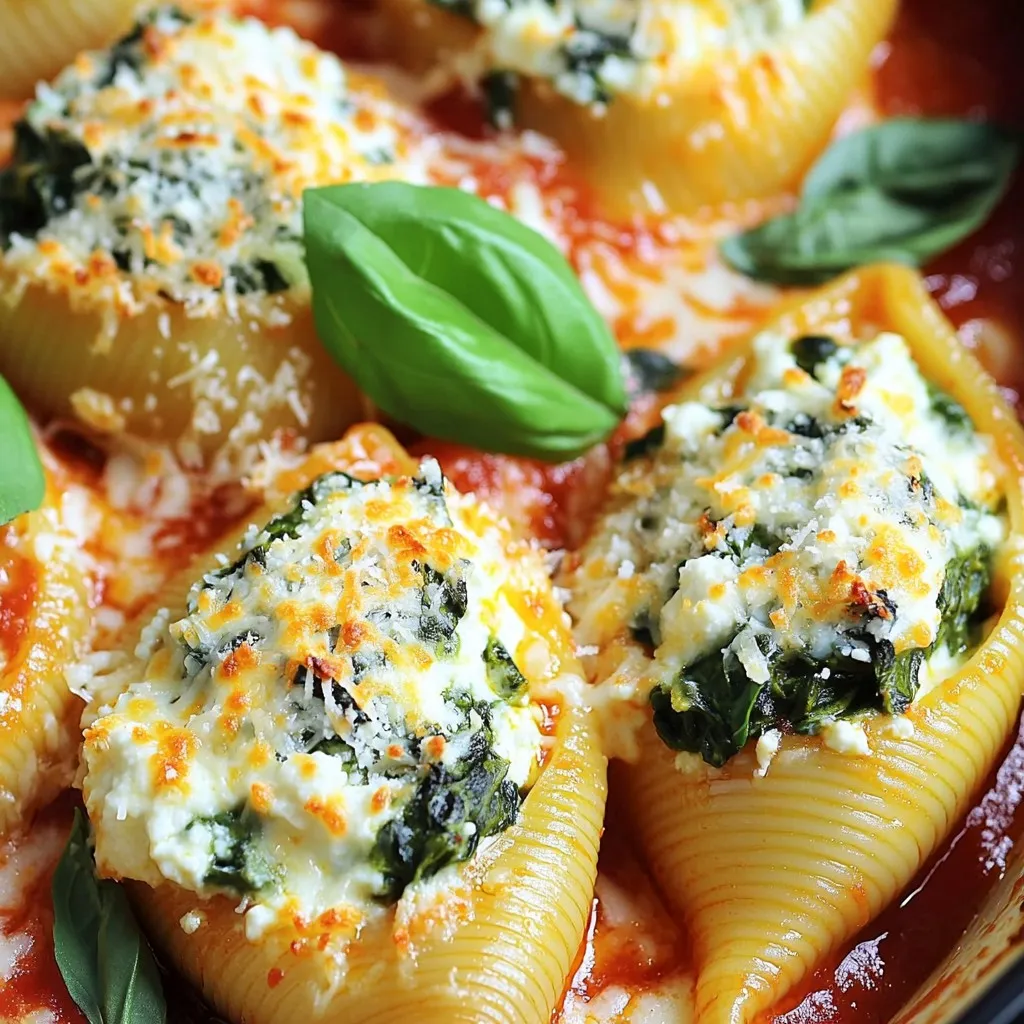
Savory Spinach and Ricotta Stuffed Shells Delight
Get ready to indulge in a dish that’s both rich in flavor and easy to make: Spinach and Ricotta Stuffed Shells! Perfect for dinner or

Cheesy Ground Beef Enchiladas Easy and Tasty Recipe
Are you ready to whip up a flavorful dinner that’s sure to please everyone? These Cheesy Ground Beef Enchiladas are easy to make and taste
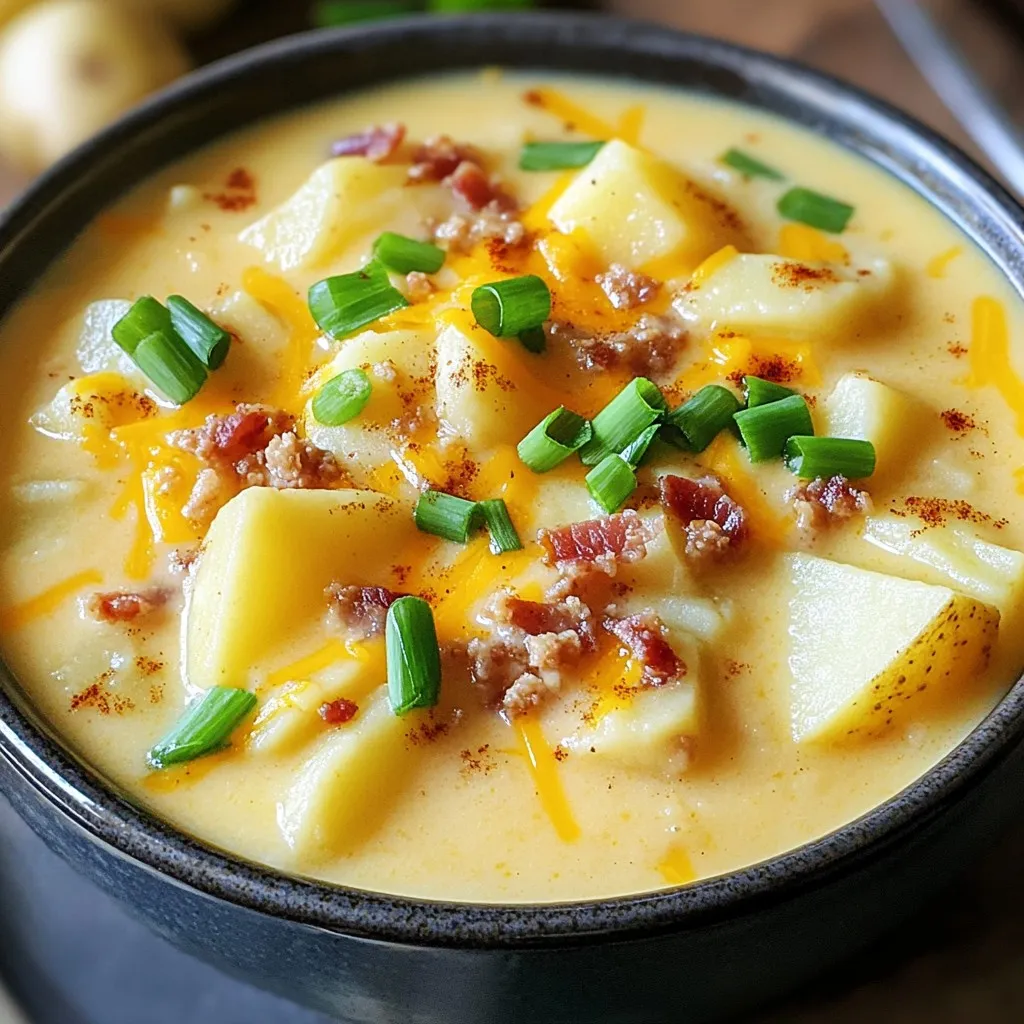
Crockpot Crack Potato Soup Creamy and Comforting Dish
Get ready for a bowl of pure comfort! My Crockpot Crack Potato Soup is rich, creamy, and packed with flavor. This easy recipe combines fresh